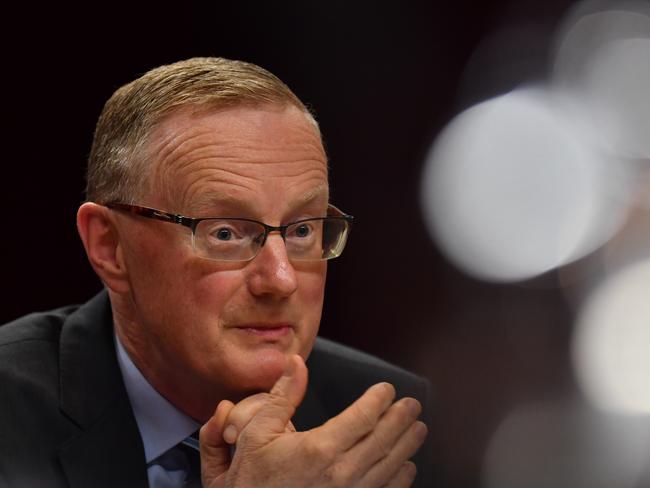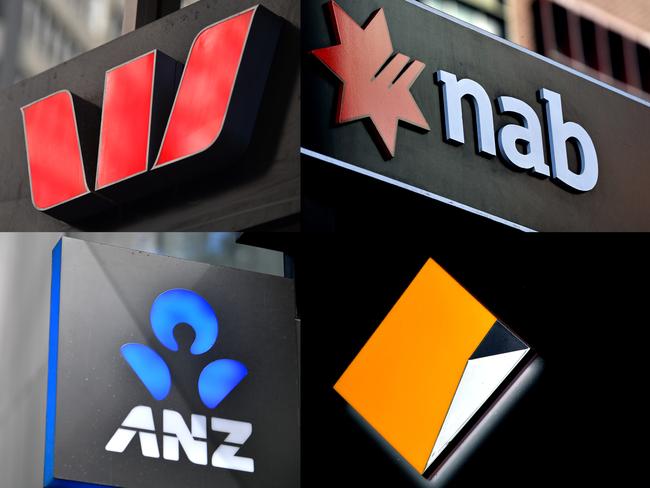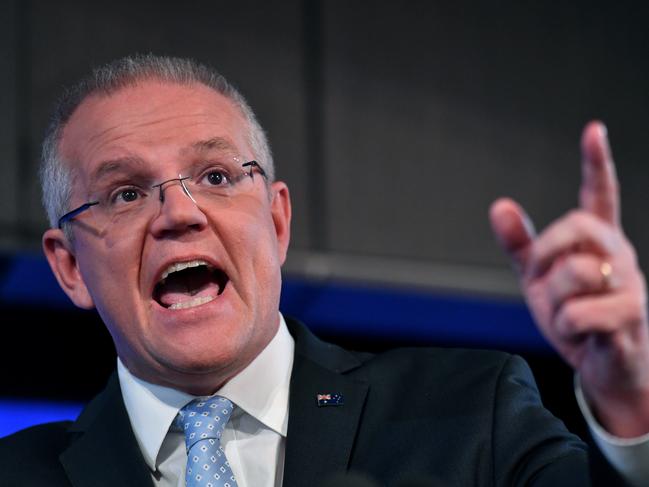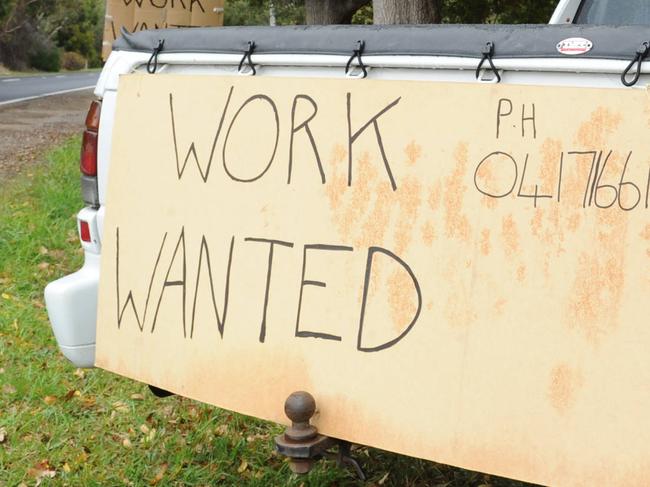Terry McCrann: RBA will cut the cash rate in 18 days, big banks will follow
It’s a lock. The Reserve Bank will cut the official cash rate in 18 days — no ifs, no buts and no probabilites, says Terry McCrann. And the big banks will quickly follow. Here’s why.
Business
Don't miss out on the headlines from Business. Followed categories will be added to My News.
The Reserve Bank will cut its official interest rate from its already record low of 1.5 per cent to 1.25 per cent at its next meeting Tuesday fortnight.
The four big banks will follow by cutting their variable home loan rates by the same quarter per cent.
READ MORE: SPIKE IN JOBLESS RATE PILES PRESSUE ON RBA
MORE MCCRANN: HOME LOAN DEPOSIT SCHEME A STINKER
The first, the RBA cut, is certain — no ifs, no buts, no probabilities — after the jobless rate kicked up from 5.0 to 5.2 per cent last month.
Combine that with too-low inflation and the even more important still-too-low wage rises shown in the data on Wednesday, and soft consumer spending, the last weak GDP numbers and falling construction and investment activity, and RBA governor Philip Lowe and his board have no choice.

The second, that the four big banks should follow, turns on the emphasis on that word ‘should’.
This time, they have no valid reason — which, despite the media and other hysteria, they often do have — not to deliver a 25-point cut. After the RBA’s cut, that’s what their cost of funding across the board will have fallen.
It is though, a very different and indeed extremely difficult matter for the small regional banks like Bendigo and Suncorp.
They don’t have the same access to the broad wholesale funding of the big banks; they also have to generally pay more for their retail deposits.
And, like all banks, their rate margins get really squeezed as rates approach zero: you can’t cut deposit rates below zero to maintain the margin.
An immediate second official rate cut, taking it down to just 1 per cent, at the July RBA meeting is at this point unlikely. But, that will depend entirely on the next jobless data in a month.
If the jobless rate continued to rise — it would probably need to go from 5.2 to (at least) 5.4 per cent — a second immediate cut would be delivered.

After that, the RBA would not want to rush to take the rate below 1 per cent.
But you’d have to say we would be into very, very uncharted waters. And that’s before you even begin to factor what might be developing in the world economy or on global financial markets.
No, I am not saying and certainly not even hinting that we are sliding inexorably back to 2008 Global Financial Crisis territory.
Nor, just as bluntly, am I ruling that out: we live in a very febrile world.
What is fascinating is that we might just be embarking on return to a 2007 future, so far as politics and the economy is concerned.
Back in 2007, Kevin Rudd brought Labor into power after 11 years in the political wilderness when the economy was running strongly, the Budget was in surplus, and the departing Coalition government had promised paid-for tax cuts.
Labor delivered those tax cuts but by then they were no longer ‘paid for’. The Budget plunged straight — and deep — into deficit; and stayed there right through the six Labor years and indeed the last six years of Coalition government as well.
The 2007 Rudd Labor government inherited a Budget in surplus; the — almost certain — Shorten Labor government will also be inheriting a Budget supposed to be (if only just) in surplus.
Is — deficit — history about to repeat?

Even though, there are huge differences between the Australia of 2019 and 2007, and indeed even 2008 when the GFC hit. At least, I (and you should also) hope.
It is important to understand why the coming rate cut did not come in May, despite the chorus of near certainty a month ago among the economentariat.
The timing has got absolutely nothing to do with the election.
The RBA did not hold off a May cut with the intention already decided, back then, to cut in June after the election.
If the jobless rate had printed yesterday at 5 per cent — and everything else, including the strong rise in, albeit mostly part-time driven, employment had remained the same — it would not be cutting in two weeks.
The RBA has followed a very clear — and much more importantly, calmly considered — methodical process of both monitoring the economic dynamics and, just as importantly, communicating the development of both its economic and policy assessments to the market, to business and indeed anyone who wants to reads them.
The RBA has always declined to join the frenzied economentariat in charging from one aside of the ‘rate ship’ to the other. And thank goodness for that.
We have been very well served by, as I put it, the governor staying calmly at the centre, on the bridge, steering the ship instead.

The RBA left 2018 expecting its next rate move to be a hike. But as I wrote ahead of the first meeting back for the year in February, it would abandon that. It did; it switched to the next move — when and if it came — being either a hike or a cut.
Then, at its April meeting, while it did not debate delivering a cut, as some in the media erroneously reported, it did — and I quote — discuss “the scenario (my emphasis) where inflation did not move any higher and unemployment trended up, noting that a decrease in the cash rate would likely be appropriate in these circumstances”.
By the May meeting that had yet to happen; now it has, and the RBA will cut.
As I also wrote in February, there was an eerie echo of 2008.
In 2008, the first meeting was on Tuesday February 5; so was this 2019 meeting.
Back then, governor Glenn Stevens kicked off the year with a rate hike. By the end of the year he was slash, slash, slashing.
No, this year Lowe did not kick off with a hike, but ahead of the meeting he was still on the record as expecting the next move — at some point — would be a hike.
It will be ‘interesting’ to see what he’s doing later in the year.



